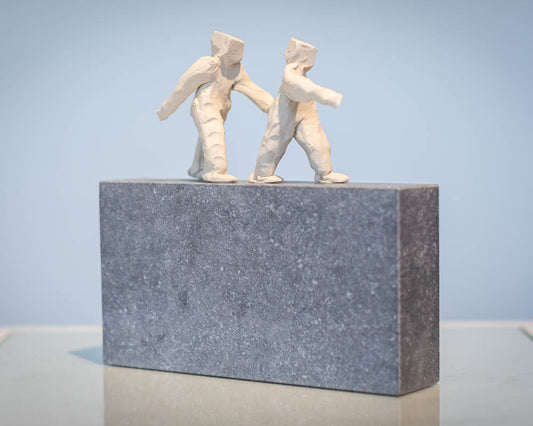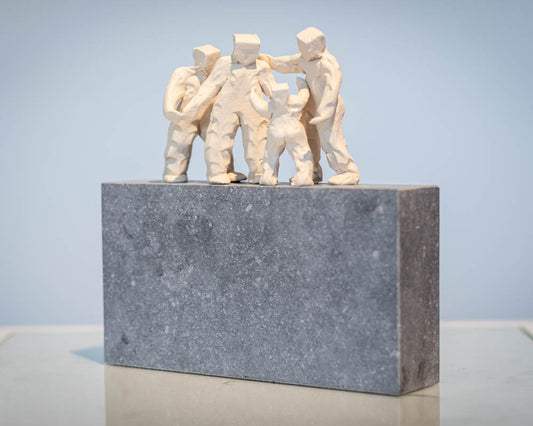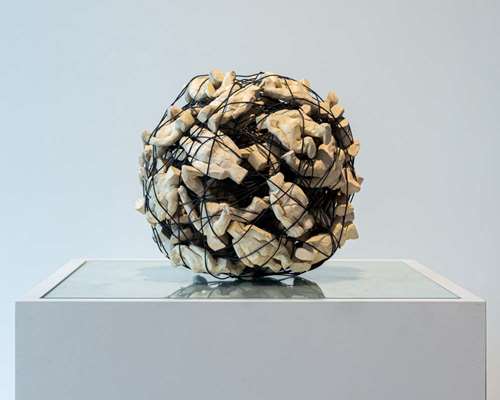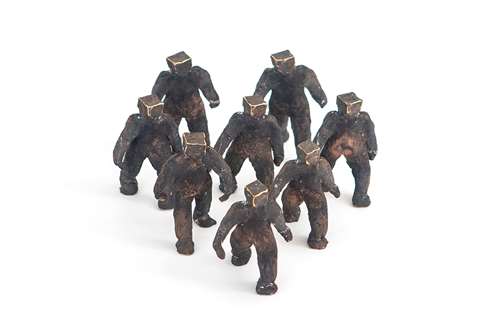-
Same Direction
Vendor:Daisy BomanRegular price £5,000Regular priceUnit price per -
Slower Faster
Vendor:Daisy BomanRegular price £5,000Regular priceUnit price per -
We Will Overcome
Vendor:Daisy BomanRegular price £6,000Regular priceUnit price per -
Everyday’s Exercise
Vendor:Daisy BomanRegular price £6,000Regular priceUnit price per -
Group of Bo-men on Stone
Vendor:Daisy BomanRegular price £715Regular priceUnit price per -
Play Time Black - II
Vendor:Daisy BomanRegular price £1,650Regular priceUnit price per -
 Enquire
EnquirePlay Time White - III
Vendor:Daisy Boman -
 SOLD Enquire
SOLD EnquireWelcome Home
Vendor:Daisy BomanSOLD -
 SOLD Enquire
SOLD EnquireA Strong Climb
Vendor:Daisy BomanSOLD -
 SOLD Enquire
SOLD EnquireAn Adventure
Vendor:Daisy BomanSOLD -
Bo-men On Stone 2
Vendor:Daisy BomanRegular price £460Regular priceUnit price per£0Sale price £460 -
Bo-men On Stone 2 With Child
Vendor:Daisy BomanRegular price £475Regular priceUnit price per£0Sale price £475 -
Bo-men On Stone 3 With Child
Vendor:Daisy BomanRegular price £490Regular priceUnit price per£0Sale price £490 -
Continuity
Vendor:Daisy BomanRegular price £4,250Regular priceUnit price per£0Sale price £4,250 -
 SOLD
SOLDBo-men On Stone
Vendor:Daisy BomanRegular price £475Regular priceUnit price per£0Sale price £475SOLD -
Bronze Bo-men
Vendor:Daisy BomanRegular price £620Regular priceUnit price per£0Sale price £620 -
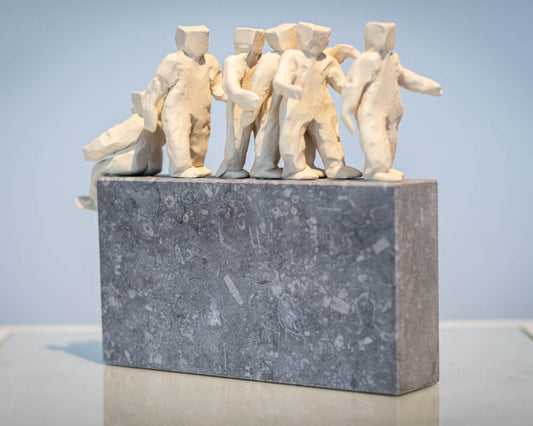 SOLD
SOLDBo-men On Stone 6
Vendor:Daisy BomanRegular price £520Regular priceUnit price per£0Sale price £520SOLD -
Bo-men On Stone 5
Vendor:Daisy BomanRegular price £505Regular priceUnit price per£0Sale price £505 -
 SOLD
SOLDBo-men On Stone 4
Vendor:Daisy BomanRegular price £490Regular priceUnit price per£0Sale price £490SOLD -
Bo-men On Stone 3
Vendor:Daisy BomanRegular price £475Regular priceUnit price per£0Sale price £475 -
 SOLD Original
SOLD OriginalBo-men On Stone 6 With Climbers
Vendor:Daisy BomanSOLD -
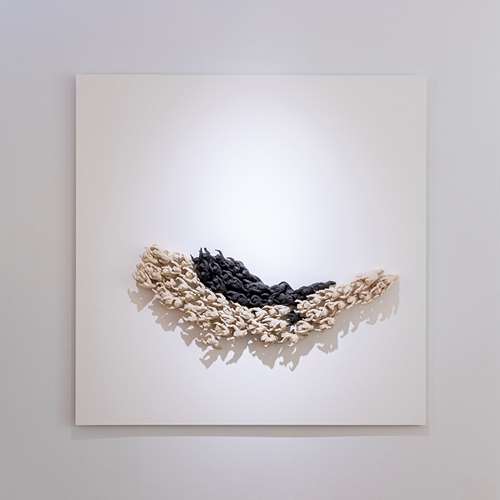 Enquire
EnquireBlack and white symphony
Vendor:Daisy Boman -
 Enquire
EnquirePlay Time - White
Vendor:Daisy Boman -
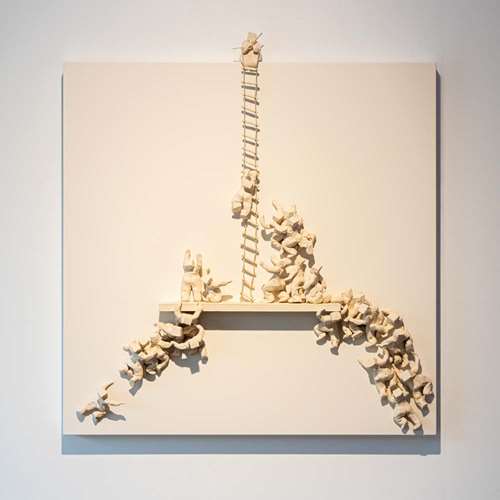 Enquire
EnquirePleasant Happening
Vendor:Daisy Boman

Item added to your cart












